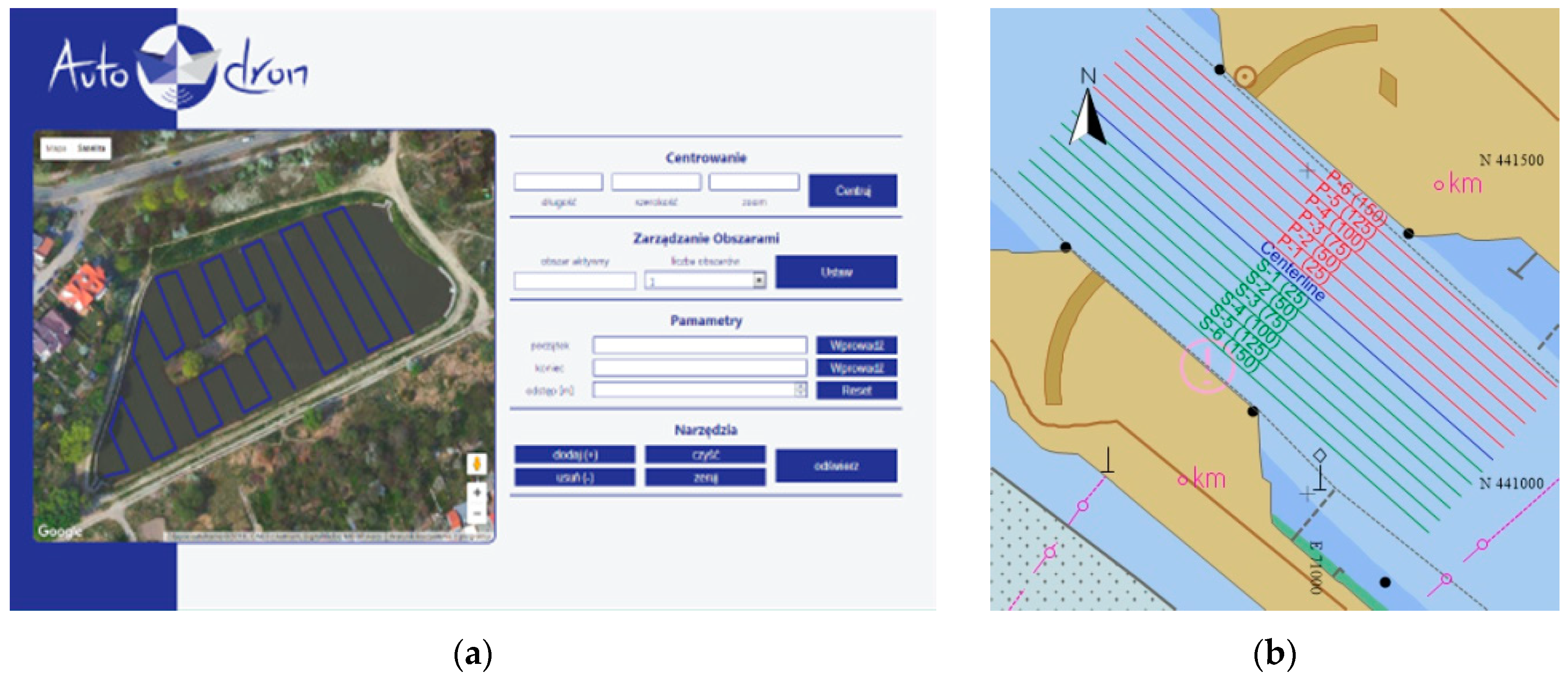

For NaviEdit to use a data base larger than 10 GB would require a SQL Server Standard (or Enterprise) version. The free version, SQL Server Express, is included in the software. Please note that the software requires a Microsoft SQL database. Moreover, it can be used for seismic streamer positioning. NaviEdit Pro enables import of various types of laser and sonar data, including multi-beam echo sounders and side-scan sonars. NaviEdit Pro, the variant described here, which offers the most extensive list of features.NaviEdit Lite,which is restricted to import of single source input data types.

This applies to data recorded with NaviSuite products as well as third-party software products, such as Kongsberg SIS, Hypack, GSF, etc.

Geological Survey (Point of Contact)ĭidn't find what you're looking for? Suggest a dataset here.NaviEdit allows for editing of overall survey settings, raw sensor data and geodetic settings. Harvested from DOI DCAT-US harvest source More information about the individual USGS surveys conducted as part of the Buzzards Bay project can be found on WHCS Field Activity Web pages: 2009-002-FA: 2010-004-FA: 2011-004-FA: Information about the NOAA survey can be found at: H11319: Access & Use Information The geophysical data were collected during four separate surveys conducted between 20 (National Oceanic and Atmospheric Administration (NOAA) survey H11319 (in 2004 bathymetry only) and USGS surveys 2009-002-FA, 2010-004-FA, and 2011-004-FA)) and cover 410 square kilometers of the inner continental shelf. The sampling data have not been prepared for publication yet. The geophysical data are released in USGS Open-File Report 2012-1002, High-Resolution Geophysical Data from the Inner Continental Shelf: Buzzards Bay, Massachusetts ( ). The data collected in the study area in Buzzards Bay, Massachusetts, include high-resolution geophysics (bathymetry, backscatter intensity, and seismic reflection) and ground validation (sediment samples, video tracklines, and bottom photographs). Data collected for the mapping cooperative have been released in a series of USGS Open-File Reports ( ). The project is focused on the inshore waters of coastal Massachusetts, primarily in water depths of 5 to 30 meters (m) deep. Accurate data and maps of seafloor geology are important first steps toward protecting fish habitat, delineating marine resources, and assessing environmental changes due to natural or human impacts. Initiated in 2003, the primary objective of this program is to develop regional geologic framework information for the management of coastal and marine resources. Geological Survey (USGS), Coastal and Marine Geology Program, Woods Hole Coastal and Marine Science Center (WHSC). These data were collected under a cooperative agreement between the Massachusetts Office of Coastal Zone Management (CZM) and the U.S.


 0 kommentar(er)
0 kommentar(er)
